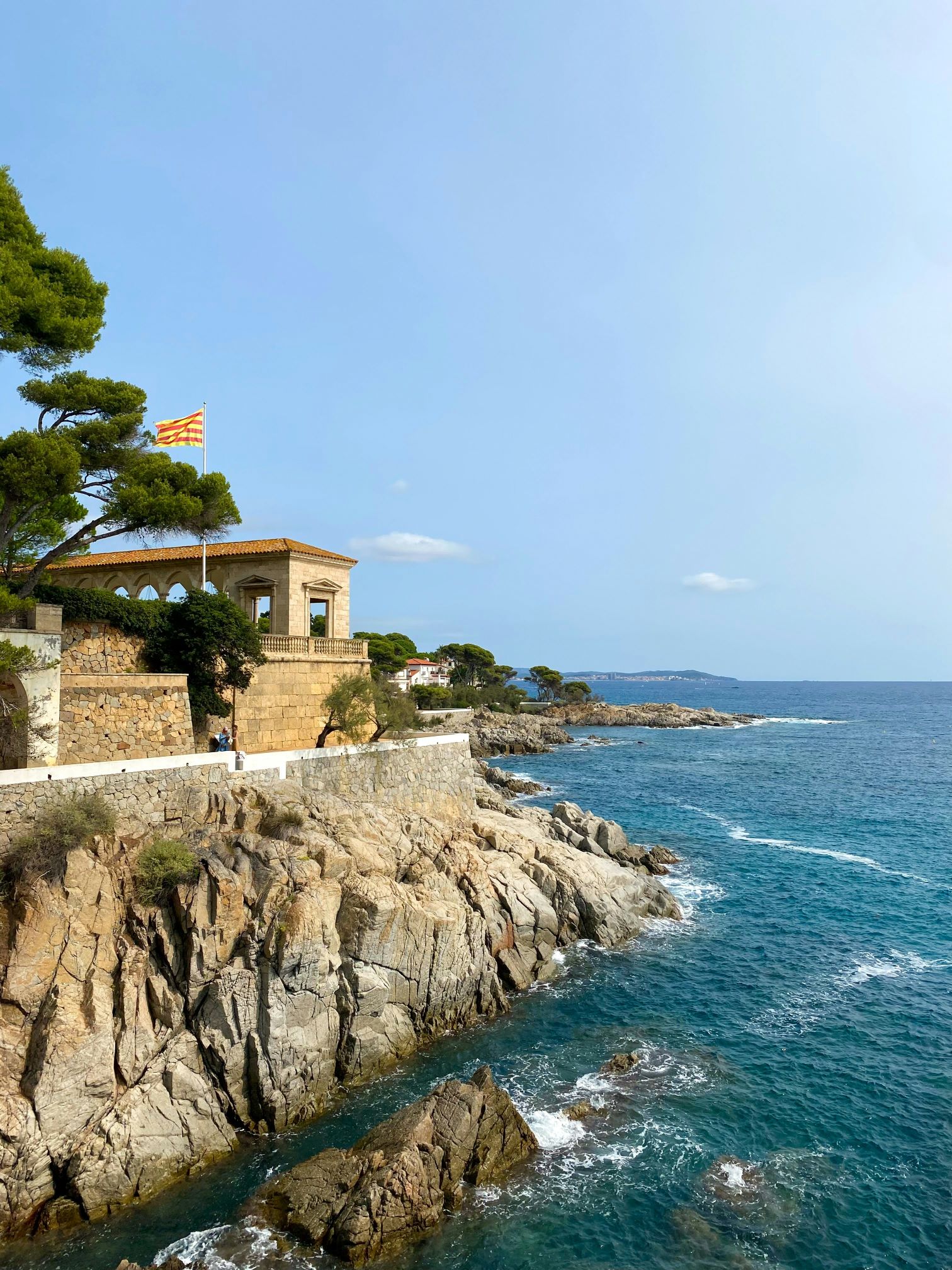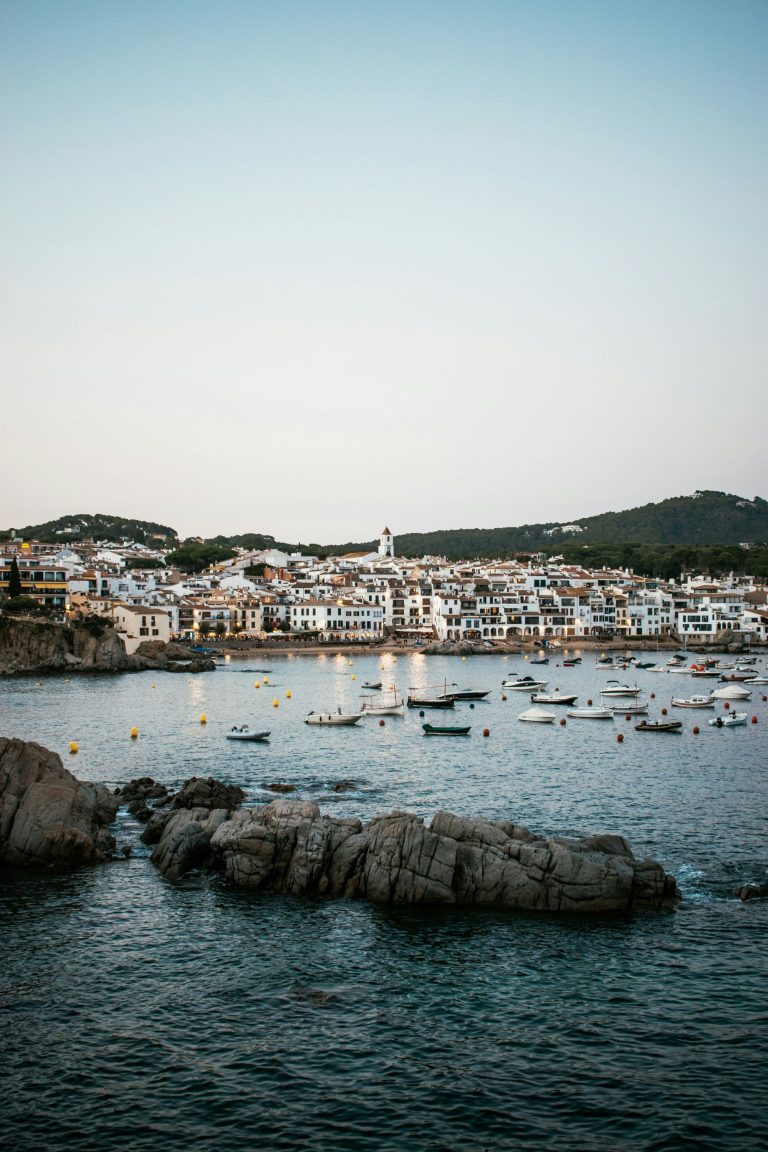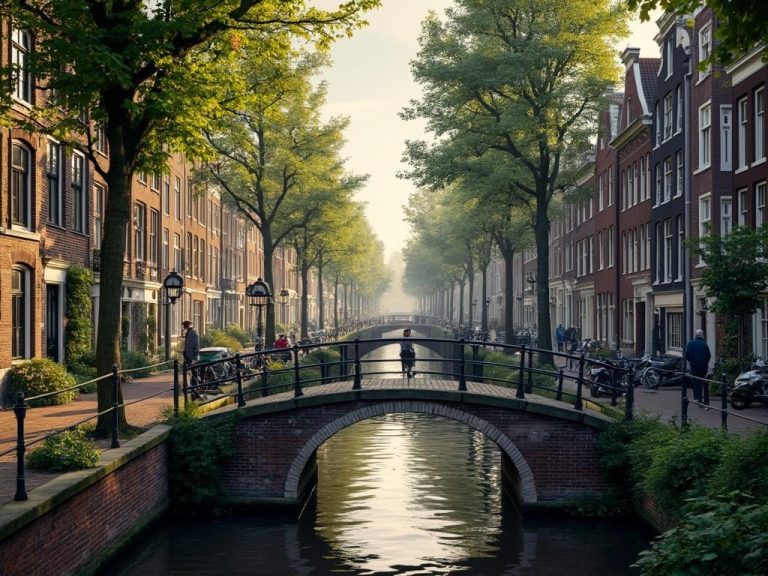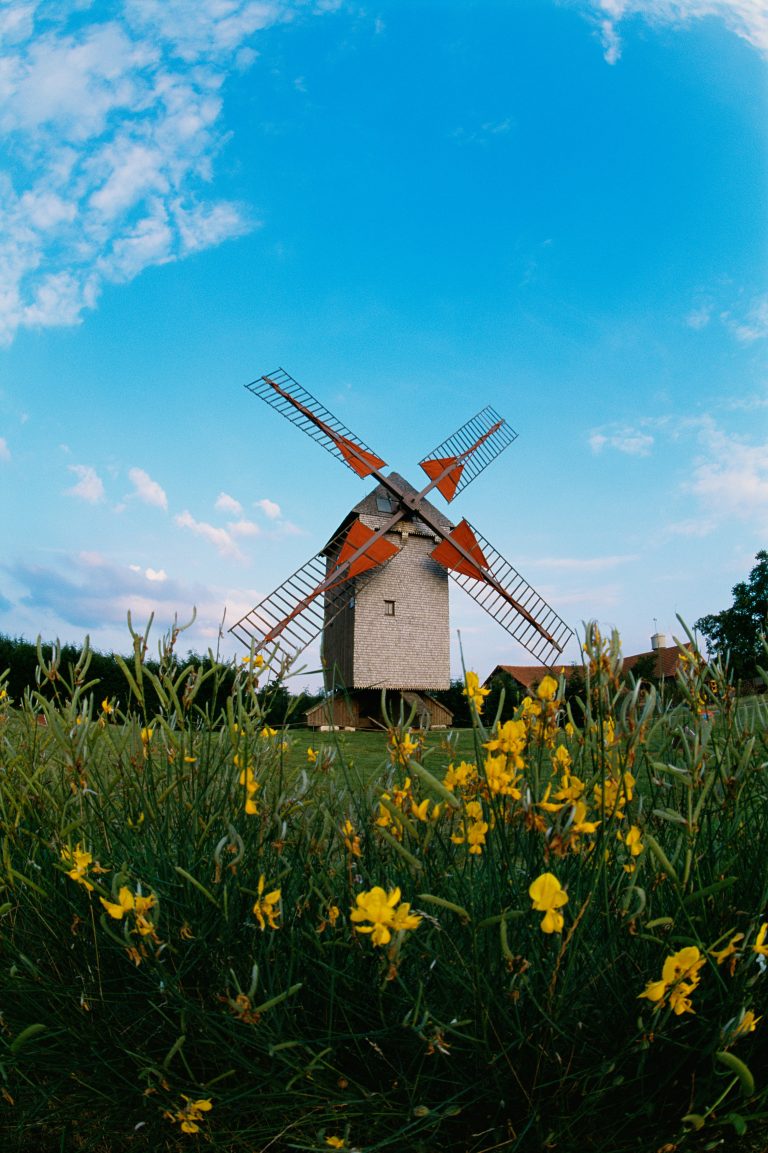COSTA BRAVA
Costa Brava, meaning the Wild Coast or Rugged Coast, is a popular tourist region in Northeast Spain (Catalonia), stretching along the coast of the Mediterranean Sea. It starts in Blanes, 60 km north of Barcelona and continues for 200 km as far as the border with France at Potbolu. The Costa Brava is entirely within the administrative boundaries of the Province of Girona in the Autonomous Community of Catalonia. The term “Costa Brava” was first used in 1908 by the Catalan journalist, poet and politician Ferran Agulló i Vidal in his article devoted to the tourist attractions of this part of the coast. The inspiration for this was probably the cliffs covered with pine trees and picturesque bays stretching along the shore. However, the name was not disseminated until a few half a century later, when holiday tourism became popular in this region. This is the place chosen by tourists visiting Spain in the 1950s. Small fishing villages turned into luxurious resorts almost overnight. The face of the coast has changed more in a generation than in a thousand years. Costa Brava inspired famous artists – Picasso, Chagall and Salvador Dalí. Especially the latter left quite a lot of achievements – for example the famous museum in Figueres.
Currently, there are 119 officially recognized beaches on the Costa Brava, with a total length of 56 km, which is a quarter of the entire coastline. There are over 200 sunny days here a year. In summer, the average temperature is 26 ° C, and the water temperature in the sea reaches 24 ° C. At any time, however, a breeze of the cold northern wind called tramuntana can blow. The usually calm waters of the Costa Brava are perfect for diving and boating. In the high season, more than 80,000 hotel places, 100,000 tent places and an additional 500,000 places in independent villas and apartments await tourists.
The main center of the Costa Brava is historic Girona, situated on a hill. The city has a medieval urban layout and many historic buildings, the most valuable of which is the monumental Gothic cathedral. Part of the old town is the Call, one of the largest and best-preserved Jewish districts in Europe. Other important coastal towns include Blanes, Lloret de Mar, Tossa de Mar, Cadaqués, Begur or Palafrugell. Between Blanes and Lloret de Mar lies the hermitage of Santa Cristina with its two adjoining beaches. This is the Costa Brava bay closest to Barcelona – just 1 hour’s drive along the coast – and while it is really beautiful, it can also get very crowded. Wooded shores hide many beautiful beaches. In the southern part of the Costa Brava, known as the Costa del Maresme, there are lovely wide sandy beaches close to pine groves. The most beautiful beaches are in Playa D’Aro and Blanes. Take a ride on the scenic coastal road from Lloret de Mar to Saint Sant Feliú De Guixols. Most beaches in popular resorts are always crowded in high season. Each year the Costa Brava is visited by over 5 million tourists from all over the world. Mainly Catalans rest here, more than 2 million of whom come annually.
Source: navtur.pl







